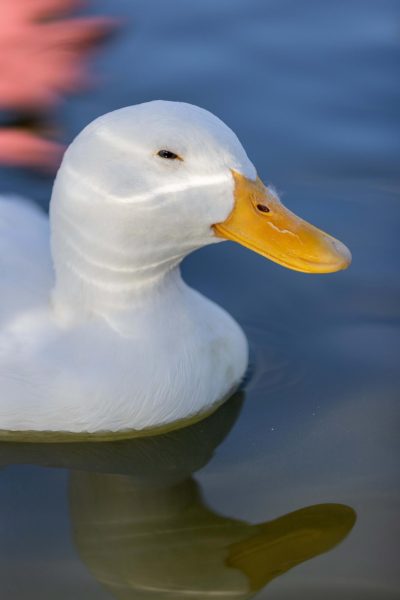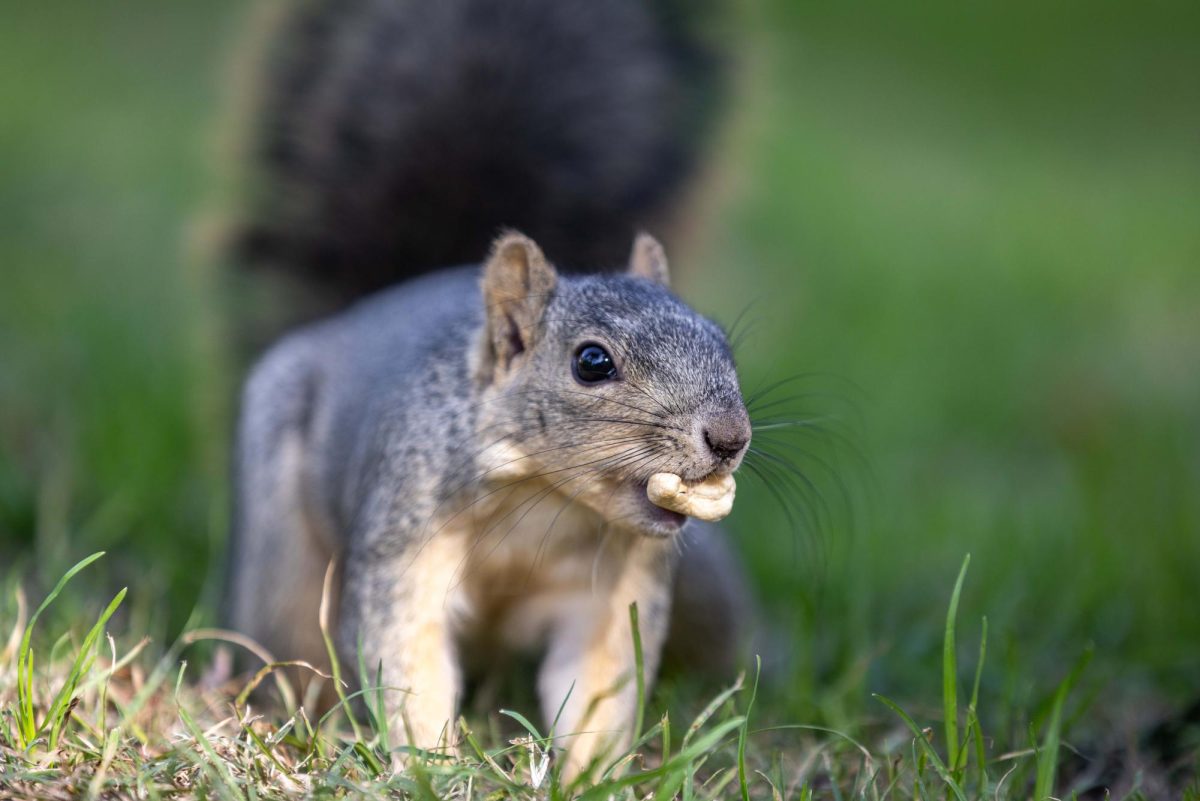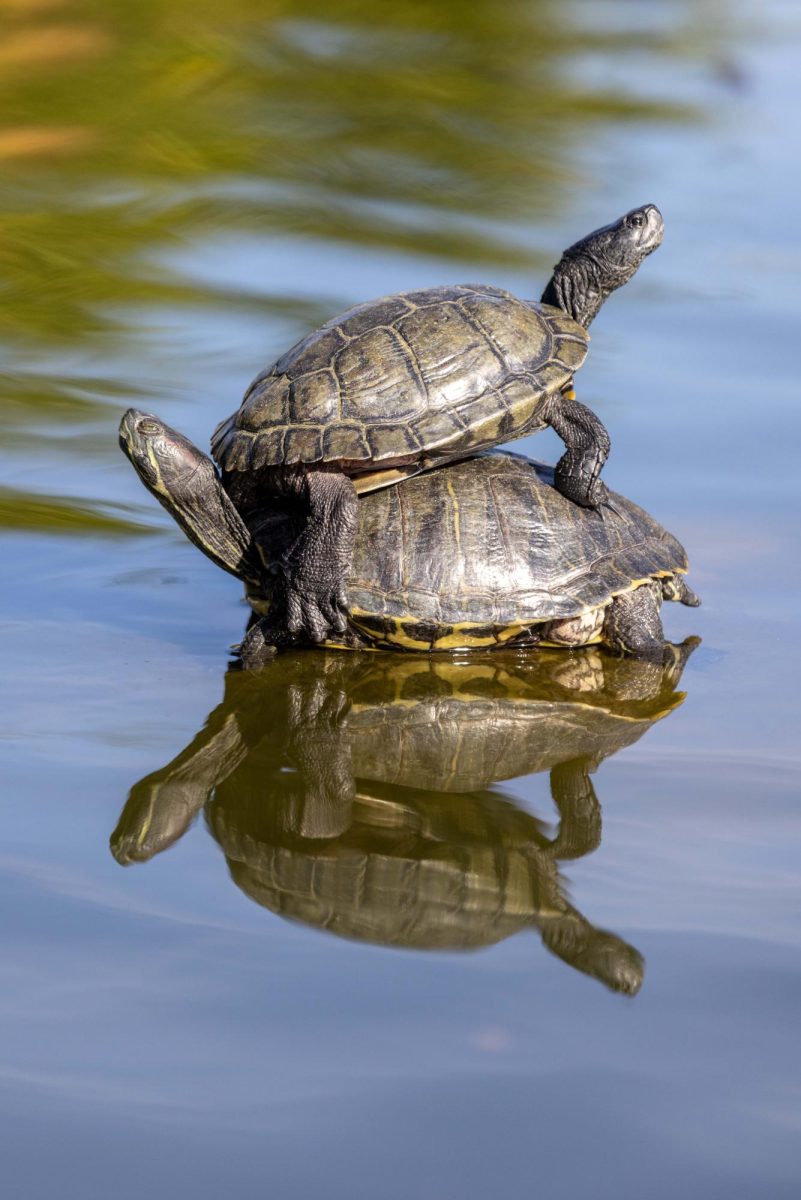Wildlife at CSUN is rich and oftentimes cute, but is not without its mess. Some animals present some interesting challenges for staff and faculty who monitor and care for them on campus.
Professor of biology Robert Espinoza said most animals on campus are actually not native to the land—a few are even considered invasive.
Squirrels
Squirrels are not unique to college or university campuses. According to an article published in 2020 by the Journal of Mammalogy, a respected scientific journal, 95% of colleges and universities all over North America have at least one species of squirrel. Here at CSUN, we have two species of squirrels. However, only the California Ground Squirrel is native to CSUN. Ground squirrels mostly avoid people and live primarily in the ground, on the north end of campus. The more prominent Eastern Fox Squirrels do not. Espinoza said the main differences between the squirrels are that fox squirrels are bold, have learned to beg or steal food, and climb up trees. They can be found by The Orange Grove or near other food areas.
A few groundskeepers said squirrels like to dig into the trash, sometimes cutting into bags or pulling some trash out and leaving a mess behind. One groundskeeper said he noticed fat squirrels outlive their skinny and skittish counterparts. He thinks fat squirrels are more likely to stay closeby to food and around people, while skinny squirrels are more likely to get eaten by hawks, fail to jump from tree to tree, or get run over.
Turtles
CSUN is home to about 350 turtles, none of them native to the land. Most of the turtles on campus are red-eared sliders, which are actually native to the Midwestern United States and northern Mexico. Red-eared sliders are the most commonly sold and invasive turtle species in the world. They usually have a red stripe where their ears would be. These turtles can be found just about anywhere and are usually sold as tiny bright green baby turtles. People like to dump their pet turtles at the pond when they get too big for them to keep at home. Professor Espinoza said many of the turtles that get dropped off are not healthy though. Many turtles that get dropped off are sick, have various deformities, or injuries.
“Sometimes they lose a limb because someone’s dog or cat chewed it off,” Espinoza said. “I think we have one that’s missing two back feet and it still gets around just fine.”
Red-eared slider turtles can be resilient and outcompete the native turtles in Southern California. Pollution and damage to waterway habitats have also negatively affected native turtle populations.
Challenges surrounding turtles at the pond include overpopulation, being eaten by other wildlife or bigger turtles, and getting run over by cars during late and early summer when pregnant females begin to nest. A black fence running along the F2 parking lot was added to reduce the number of turtle and car incidents.
Ducks

The biggest issues at the pond, however, are the ducks. A duck’s metabolism is about 50 times more than turtles. Espinoza said this causes them to poop in the water significantly more. Despite the many signs posted at the pond that say not to feed the animals, people still like to dump food. Espinoza said there’s enough vegetation and fish for the animals to eat, even with the overpopulation of turtles. The pond once had a coin-operated feeding dispenser full of healthy food, but that got vandalized and damaged.
“It would be nice to put something like that back out again so if people really want to help, they can,” Espinoza said.
John Dorusinec, appropriately nicknamed John Pond, is the Pond Specialist at CSUN. The position was created about a year and a half ago, and came after people complained that poor water conditions were killing turtles.
“Ducks are really cute and everything, but there is a bit of a reality that not a lot of people are aware of,” said John Pond.
Biff is the name given to the biggest white duck at the pond. He has a lazy eye. John Pond suspects he used to belong to someone, because he was so well fed. Biff is the pond bully, known by caretakers of the pond for attacking and asserting dominance over the other ducks.
“If you have the female-to-male ratio in check they live through a pecking order structure, similar to chickens, but if they don’t have that ratio it’s more prison style,” John Pond said. “I’ve had to pull him [Biff] off several ducks on more than a few occasions. If it happens in the water, there is a small risk they can drown the female.”
During the mating seasons, some ducks, male or female, might get bald spots on the back of their necks from all the aggression.
In the late spring and early summer, baby ducklings hatch. A mother duck usually has about 10 ducklings, but very few make it to adulthood. This is because they are eaten by wildlife. John Pond said he witnessed some large turtles attacking and eating a duckling. Professor Espinoza believes this incident is an isolated event, and is more the exception than the rule.
For the most part, however, ducks, turtles, and fish, all live in the pond mostly in peace.
“It’s a mosh pit of invasive,” Espinoza said.






